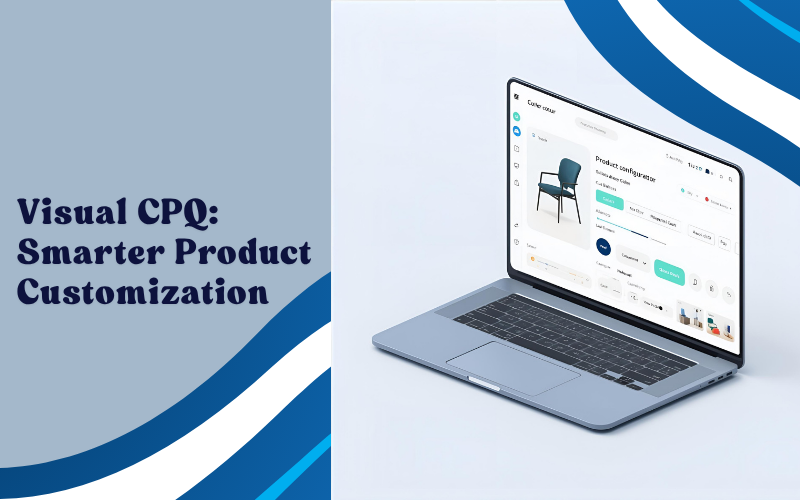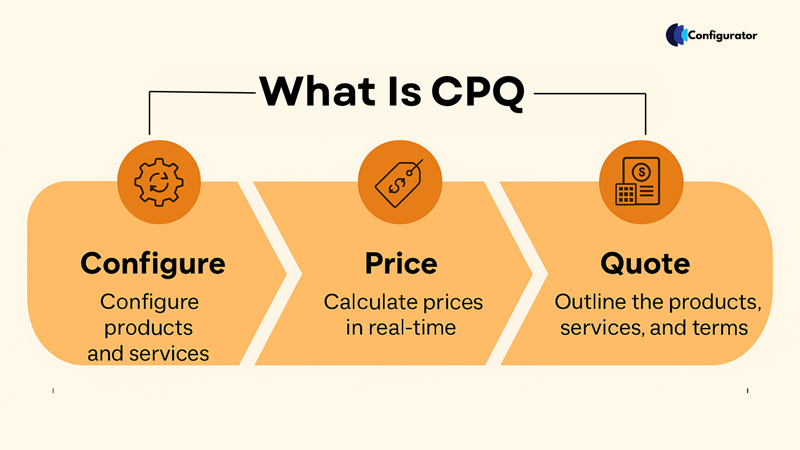Are you looking to take your eCommerce business to the next level? If so, then you should consider adding a Product Configurator to your website. A Product Configurator is a powerful tool that allows customers to customize products to their exact specifications. In this ultimate guide, I will explain what a Product Configurator is, the benefits of using one, how to set one up, and best practices for marketing configurable products online. So let’s get started!
What is a Product Configurator?
It is a software application that allows customers to customize products to their exact specifications. It allows customers to select the features they want, such as size, color, and material, and then generate a unique product based on those selections. This tool is becoming increasingly popular in eCommerce businesses as they provide customers with a more personalized shopping experience and help in increasing sales.
Product Configurators also offer a number of other benefits, such as being able to quickly change product configurations without having to manually enter information. This can save time and money, as well as reduce the risk of errors. It also offer customers more control over what they buy, which can lead to higher customer satisfaction and loyalty.
Benefits of using a Product Configurator
There are a number of benefits in using a Product Configurator for your eCommerce business. The most obvious benefit is that it allows customers to customize a product to their exact specifications. This can lead to increased sales, as customers feel more ownership over their product choices.
Product Configurators also offer businesses a number of advantages, such as faster order processing, lower costs, and fewer errors. As customers are able to customize their product selections, it eliminates the need for manual data entry, which can save time and money. Product Configurators also reduce the chances of errors, as customers enter their own information and can review their selections before submitting their order.
How to set up a Product Configurator
Setting up a Product Configurator is relatively straightforward, but there are a few steps you need to take to ensure that it works properly. The first step is to decide what product configurations you want to offer. This could include size, color, material, and other options. Once you’ve decided on the product configurations you want to offer, you can then create the configuration options in your Product Configurator.
The next step is to set up the pricing for each product configuration. This is where you can get creative and offer different prices for different configurations. You can also set up discounts for certain product configurations to encourage customers to buy more.
The final step is to integrate the Product Configurator into your website. This can be done by using a plugin or custom code, depending on the platform you are using. Once the Product Configurator is integrated, you can start offering configurable products on your website.
Configurable product pricing strategies
When pricing configurable products, you need to take into account the cost of each product configuration. This includes the cost of materials, labor, shipping, customer service and any other fees associated with offering configurable products.
From there, you can then decide on a pricing strategy. You can choose to offer a fixed price for each configuration, or you can offer discounts for certain configurations. You can also set up a tiered pricing structure, where customers can get discounts for purchasing more than one configuration.
Tips for optimizing your Product Configurator
Once you’ve set up your Product Configurator, there are a few steps you can take to optimize it for better performance. The first step is to review the product configurations you’re offering and make sure they’re relevant to your customers. You should also make sure that your product configurations are easy to understand and navigate.
Another tip is to make sure that your Product Configurator is mobile-friendly. As more and more people are using their phones to shop online, it’s important to make sure that your Product Configurator is optimized for mobile devices. This will ensure that customers can easily customize products on their phones.
Finally, it’s important to monitor the performance of your Product Configurator. This will help you identify any issues and make changes to improve the user experience. You should also regularly review your pricing strategy to make sure it’s still competitive.
Best practices for marketing configurable products online
Once you’ve set up your Product Configurator, it’s time to start marketing your configurable products online. The best way to do this is to create content that focuses on the benefits of customizing products. For example, you could create blog posts or videos that highlight the advantages of customizing products, such as being able to get exactly what you want and saving time and money.
You should also create social media campaigns to promote your configurable products. Social media is a great way to reach a large audience and create awareness of your products. You can also use social media to engage with customers and answer any questions they might have.
Finally, you should look for other opportunities to promote your configurable products. This could include email marketing, online ads, or partnering with influencers. All of these strategies can help you reach more customers and encourage them to purchase your custom products.
Courses for marketing configurable products
If you’re looking for more guidance on how to market configurable products online, there are a number of courses available. These courses provide in-depth guidance on how to create content, use social media, and find other opportunities to promote your configurable products. They also provide tips on optimizing your Product Configurator and pricing strategies.
These courses can be taken online or in person, depending on your preference. They are also often offered at a discounted rate for businesses that are just starting out. Taking one of these courses can be a great way to get up to speed on the latest marketing strategies for configurable products.
Services for setting up a Product Configurator
If you’re looking for help setting up a Product Configurator, there are a number of services available. These services provide everything from custom code to plugins to help you get your Product Configurator up and running quickly. They also provide guidance on how to create product configurations and set up pricing strategies.
These services are usually offered at a discounted rate, so they’re a great option for businesses that are just starting out. They can also be a good option for businesses that don’t have the time or expertise to set up a Product Configurator on their own.
Conclusion
A Product Configurator is a powerful tool that can help you take your eCommerce business to the next level. It allows customers to customize products to their exact specifications and can lead to increased sales. In this ultimate guide, I have explained what a Product Configurator is, the benefits of using one, how to set one up, and best practices for marketing configurable products online. I hope this guide has been helpful and that you are now ready to start selling configurable products online with a Product Configurator!




